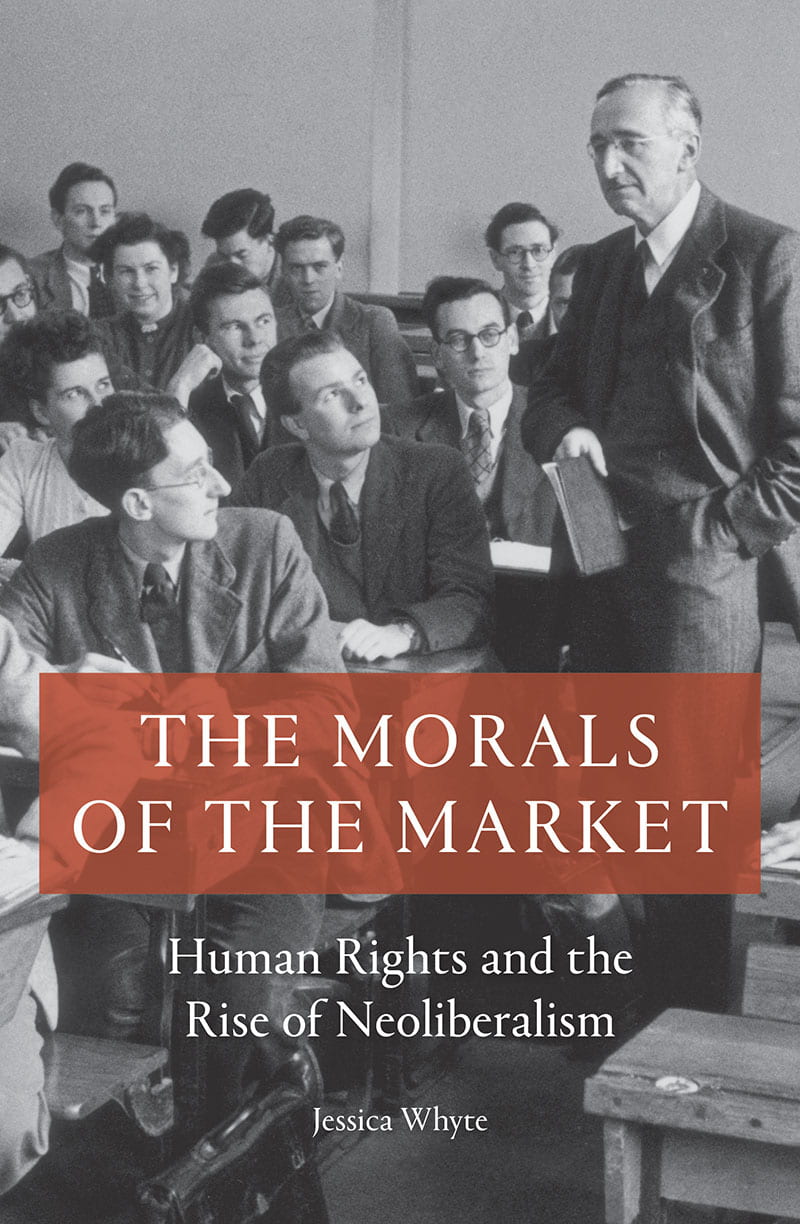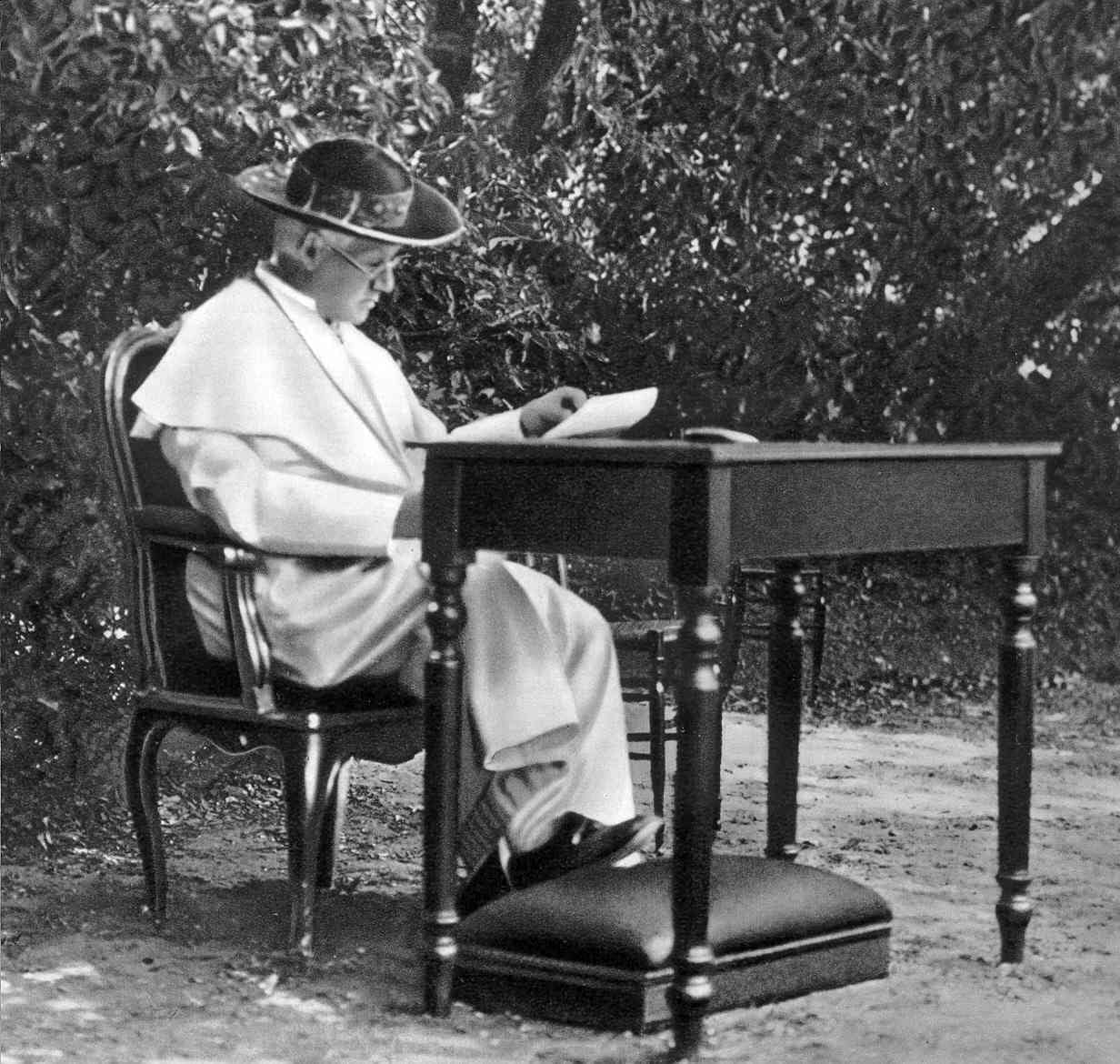Tag History of Human Rights
by co-host Disha Karnad Jani
by guest contributor Ariel Mond
By guest contributor Jonathon Catlin The New York Consortium for Intellectual History recently hosted Dagmar Herzog (CUNY) for a discussion of her new book, Unlearning Eugenics: Sexuality, Reproduction, and Disability in Post-Nazi Europe (Wisconsin, 2018). Three scholars offered responses: Danilyn… Continue Reading →
By guest contributor Udi Greenberg This post is a companion piece to Prof. Greenberg’s article in the most recent issue of the Journal of the History of Ideas, “Catholics, Protestants, and the Tortured Path to Religious Liberty.” A series of recent… Continue Reading →
By Udi Greenberg (Dartmouth College) and Daniel Steinmetz-Jenkins (Yale University) We are delighted to bring you the Introduction to the Special Forum on Christianity and Human Rights that appears in the latest issue of the Journal of the History of Ideas,… Continue Reading →
By guest contributor Pranav Kumar Jain Since the publication of The Last Utopia: Human Rights in History, Professor Samuel Moyn has emerged as one of the most prominent voices in the field of human rights studies and modern intellectual history…. Continue Reading →
by guest contributor Jon Piccini. Human rights are now the dominant language of political claim making for activists of nearly any stripe. Groups who previously looked to the state as a progressive institution conferring rights and duties now seek solace… Continue Reading →
by guest contributor Luca Provenzano Earlier, I discussed claims that the French philosopher Michel Foucault anticipated or deployed neoliberal dogmas about social security in an interview in 1983. I now consider Foucault’s assertions about health and healthcare in the same… Continue Reading →






